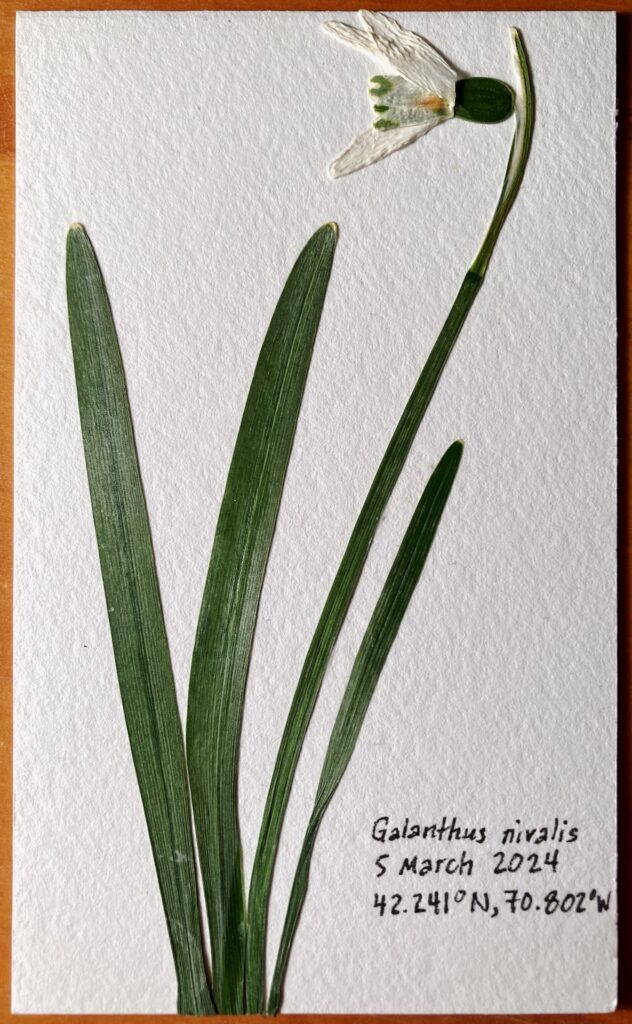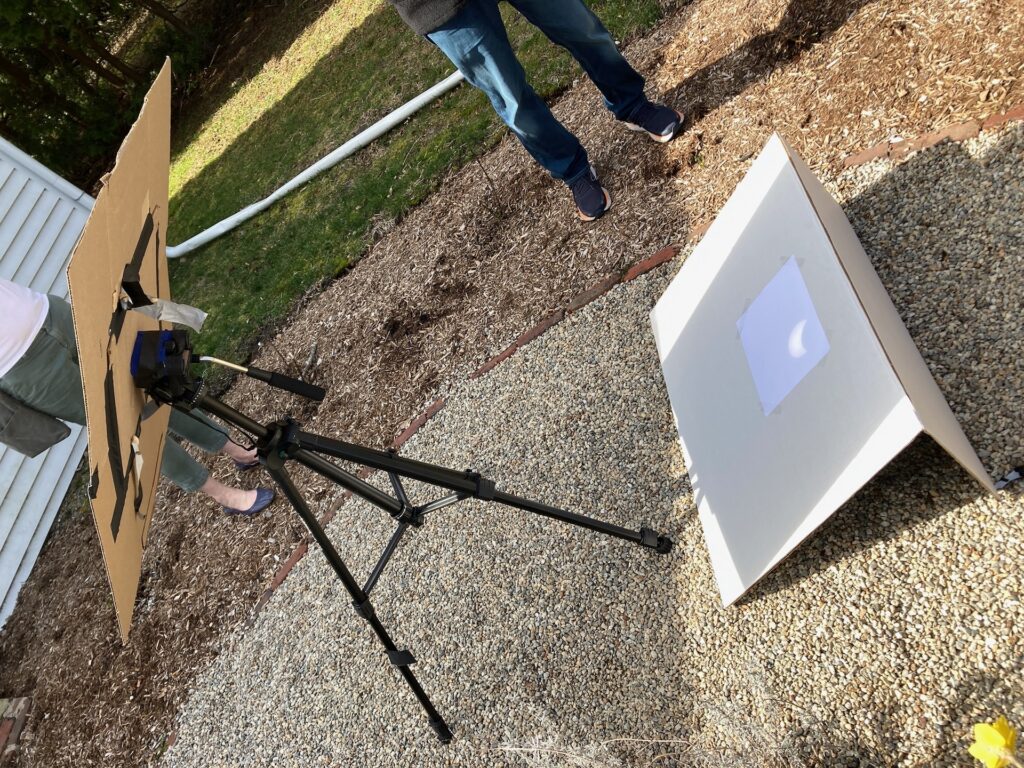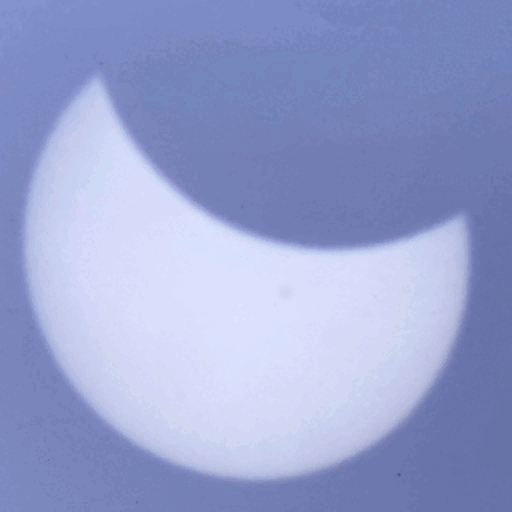This week someone contacted me about the copyright-free hymns I’ve posted online. This prompted me to look in my files, where I discovered I had another ten hymns ready to upload. Those ten new hymns are now online here. I’ll include info about these hymns below the jump.
Four of the newly-uploaded hymns are patriotic hymns. Unitarian Universalist hymnals used to include patriotic songs, but that ended with the 1993 gray hymnal. This was a short-sighted policy. Today, U.S. religious conservatives wrap themselves in the mantle of patriotism and maintain that theirs is the only patriotism. Well, Unitarians and Universalists were key players in the founding of the United States, and we need to reclaim that part of our heritage so that we can inject our own religious vies into contemporary political discourse — our views being that the U.S. is a democracy (not an autocracy) and is not a Christian country; that our country is founded on the separation of religion and the state; and that the revolution continues through our ongoing efforts to make sure all persons are treated as equals. With the approach of the 250th anniversary of the singing of the Declaration of Independence, it’s time for us to show our patriotism again. I’ve uploaded America, My Country ‘Tis of Thee, and The New Patriot, all taken from pre-1993 UU hymnals. I also uploaded Chester, a patriotic song actually written during the Revolution — it’s of limited use, but can be useful for Massachusetts congregations that recognize Patriots Day.
The other six hymns include African American spirituals, a hymn allegedly by Rabindranath Tagore, a South African song, etc. After you read the descriptions below, look for the songs on my music website.
Continue reading “More copyright-free hymns”


